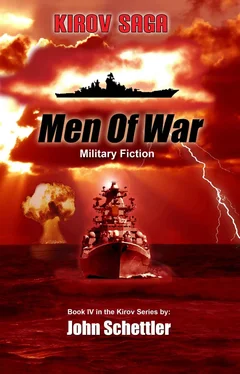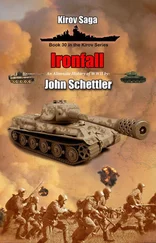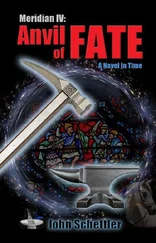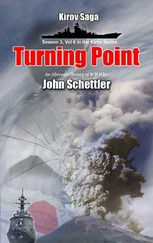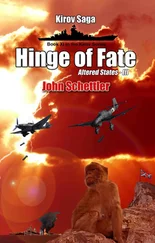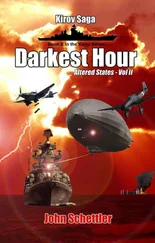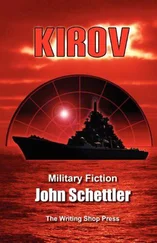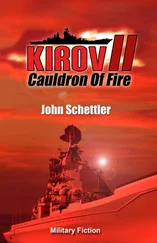Loban cradled the ear plugs in the palm of his hand now as he looked the red-faced Orlov squarely in the eye with another question.
“Who is she?” he said slowly. “Is she your control or just a local contact? Suppose you tell me who you are really working for, Mister Orlov.”
“May He who holds in his hands the destinies of nations make you worthy of the favors He has bestowed, enabling you with pure hearts and hands and sleepless vigilance, to guard and defend to the end of time, the great charge He has committed to your keeping.”
~ J. Reuben Clark
The Golf, Cheese and Chess Society had been working overtime again that summer. The men of that elite group of analysts and code breakers were again having their feet held to the fire over the Geronimo incident, though there wasn’t time for golf or chess any longer, and very little cheese to go around. The ‘Society” had been given that humorous handle instead of calling it the official name, which was the Government Code & Cipher Station at Bletchley Park, some 40 miles from London up a country lane outside Milton Keynes.
Also called “Station X” or simply “BP” for Bletchley Park, the unit had been embarrassed in recent months by its inability to run down the true origin of the strange naval raider that had been putting holes in Royal Navy ships again, much to Whitehall’s dissatisfaction. The ship had first appeared in the Norwegian Sea, ran the Denmark Strait with a quiver of deadly new weapons, which they nearly put right on top of Churchill and Roosevelt when the two leaders met at Argentia Bay for the Atlantic Charter conference a year earlier. That part of the “incident” was now a closely watched secret, never revealed to the public or even most arms of the military itself. Only a very few men knew the whole story of what had happened that cold, stormy week of August, 1941, and Alan Turing was one of them.
Holding forth in ‘Hut 4’ off the main estate buildings, Turing had been instrumental in breaking the Enigma code to give the British a head start against the Germans, but it had not helped the intelligence nest in the Geronimo incident. ‘The ship,’ as it was now sometimes called in hushed conversations, had been dubbed Geronimo since its sudden disappearance off the coast of Newfoundland. The official line was that it sunk that week, a victim of a pack of American Destroyers who went down to a man to put the demon ship in its grave. Yet those very few in the know were well aware that Desron 7 was only a cover story, more for public consumption than anything else. The odd thing about it was that the destroyer flotilla had indeed vanished, initially presumed sunk, until they sailed merrily into Halifax harbor twelve days after they had been reported missing in action.
The story they told was difficult to believe, though each and every man interviewed on the five surviving ships corroborated it. They claimed that they had suddenly lost sight of the enemy raider in the thick of their torpedo run, finding themselves alone on an empty sea, with the weather all wrong and no sign of the massive explosion they had spotted moments earlier off their starboard aft quarter. The once turbulent seas were now strangely calm, and they could not reach anyone on the radio, resorting to signal flags and lamps until their commander could gather his five remaining destroyers together and conduct a search of the area. But the enemy was gone.
Captain Kauffman, the group leader aboard DD Plunkett , eventually decided to turn about and head back to Argentia Bay to join the throng of ships anchored there for the Atlantic Charter meeting. When they got there they claimed the entire settlement, airfield and harbor facilities were a burned and blackened ruin. Astounded by what they saw, Kauffman claimed he even put men ashore to look for survivors or signs of what may have happened, but saw only charred ground, burned to glass in some places, and utter devastation.
Shaken by the discovery, and believing that Roosevelt and Churchill had perished in the gruesome attack, they searched about for some days before finally giving up hope and heading for Halifax. To their great relief, the city was still there. The five destroyers came sailing in, their crews waving at stunned stevedores and wharf workers in the harbor, for these were the five ships that had been missing! Time had caught another big fish in her net when Desron 7 disappeared, but now she threw these little fish back, in to the seas of 1942 where they belonged.
Their ‘report’ was not received well by the Americans, and it stretched the bounds of credulity to think that these men could have claimed to have searched the ruins of Argentia Bay when they knew damn well that the Atlantic Charter was well underway at that very same time. The men of Desron 7 were either deluded, insane, or lying. They had to have made a navigation error, or so it was said, but the US Navy found no sign of anything remotely close to the description the men of the destroyer group gave. Every island in the region, and every bay, was sitting there quite unbothered. To make matters worse, they had reported that these were the brave ships that had sunk the enemy raider, and now their cover story was about to go down the tubes as well.
The Navy would have none of it. They secreted the five destroyers off to a lonesome berth, painted over their hull numbers, renumbered and renamed each ship, and then scattered them, and every man who had served on them, to harbors all over the Pacific coast. Any man who ever mentioned Desron 7 again was stewed, which put a quick lid on the incident. A week later a special detail was quietly sent to a lonesome and deserted bay in the area, where they proceeded to burn and blacken anything in sight. Now if anyone got too curious the navy could say, in closed quarters, that this was the bay that had been found by Captain Kaufmann and his ships.
Alan Turing was one of a handful of men who officially knew the whole story. There were probably many more who knew about it unofficially, though they were wise never to breathe a word of it. The whole thing eventually calmed down and went into the file boxes, and a long year passed. Then it happened again, the same nightmare as before, only this time in the Mediterranean Sea.
The British finally though they had the matter in hand after that remarkable parley between Tovey and the Admiral from this strange phantom raider… until it vanished, just as it had vanished from the North Atlantic the previous year.
That set the bells off rather quickly in the Golf, Cheese and Chess Society, until reports came in from FRUMEL Headquarters in Melbourne just a few days later that a strange ship was now engaged with the Japanese Navy off Darwin—and using naval rocketry as its primary weaponry!
Admiral John Tovey was quick to pay a visit to Hut 4 a few days later, and he briefed Alan Turing on the matter, astounded to think that this might be the very same ship that had vanished at St. Helena! Turing remembered clearly the conversation he had with Tovey that day, and the startling conclusion they had been forced to accept.
“It’s Geronimo,” he said quietly. “There’s no question about it. The silhouette is unmistakable. And those other ships are Japanese cruisers.”
“Indeed,” said Tovey. “Those photos were taken August 24th. Now Professor, might you tell me how this ship, which was a thousand yards off the Island of St Helena on the morning of August 23rd, could suddenly vanish, and then reappear off Melville Island, a distance of 7,800 nautical miles away in a period of 24 hours?”
Читать дальше
